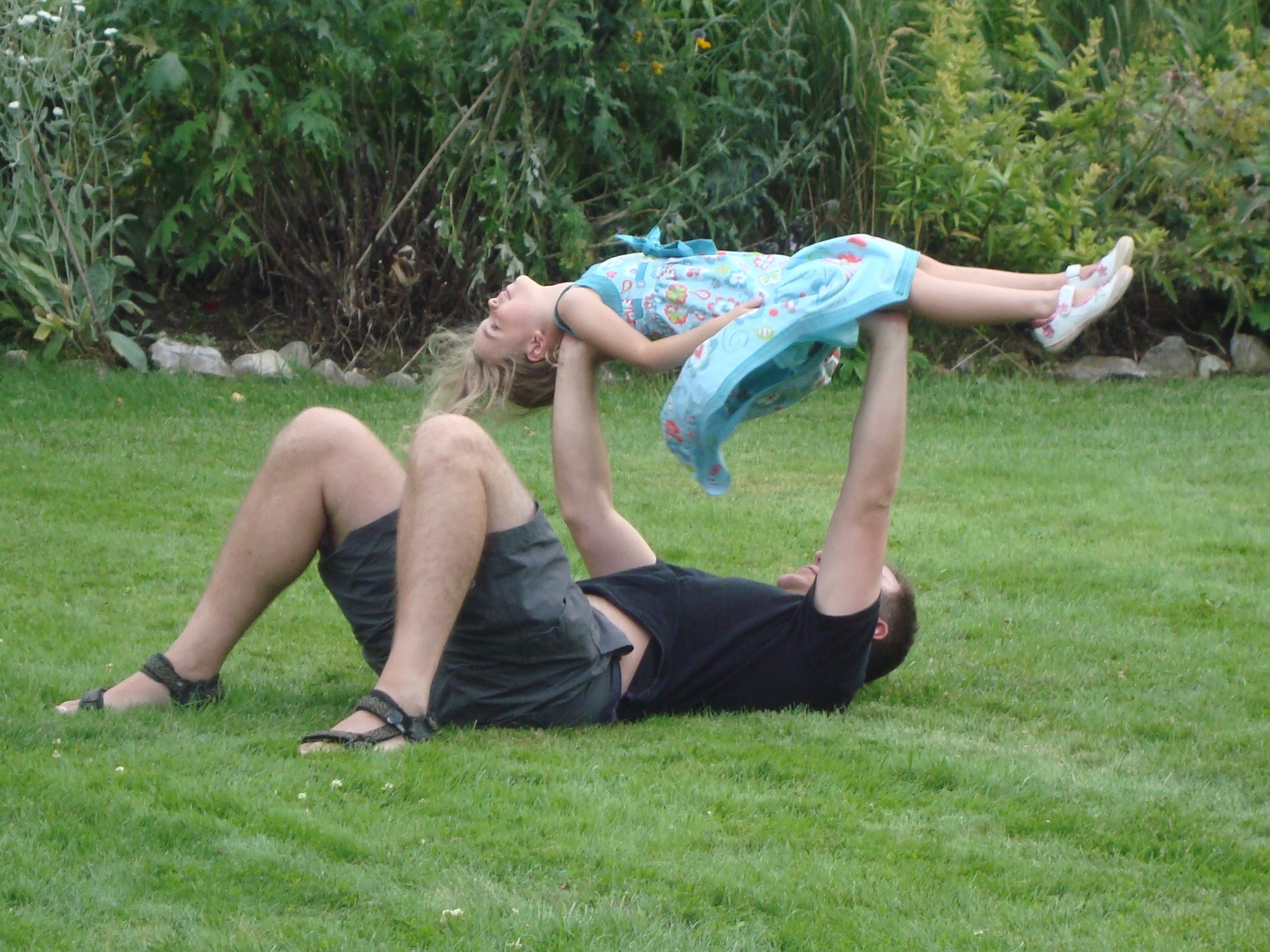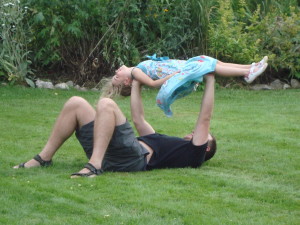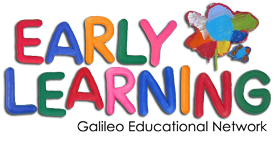
 Your kids are a screeching, laughing mass of arms and legs on the floor. For a parent, this scene can be one of annoyance, but there are positive lessons to be learned by children who engage in rough and tumble play.
Your kids are a screeching, laughing mass of arms and legs on the floor. For a parent, this scene can be one of annoyance, but there are positive lessons to be learned by children who engage in rough and tumble play.
Through this kind of play, children develop social awareness, cooperation, fairness and altruism. As they grow up, kids participate in another form of rough and tumble play, through sports and games. According to research from the National Institute for Play, lack of experience with rough and tumble play hampers an important part of social intelligence – the give and take between people, which is necessary for us to operate successfully in the world.
The link between rough and tumble play and self-regulation (executive functioning), is studied extensively by Dr. Sergio Pellis, a researcher with the Canadian Centre for Behavioural Neuroscience. In these videos, he speaks of the huge role of rough and tumble play in a child’s development:
Another important benefit of rough and tumble play is in physical fitness. Childhood obesity is a well-known problem, and many health professionals see a link between the decline in active outdoor play and the rise in childhood obesity. According to The Alliance for Childhood’s report, Crisis in the Kindergarten, A typical school-age child today spends four to six hours with high-tech media, most of it indoors, and less than an hour outdoors doing non-sports activities.
Downloads
Dr. Jane Hewes has tips on how adults can create an environment that allows children to explore their environment and learn through play.

